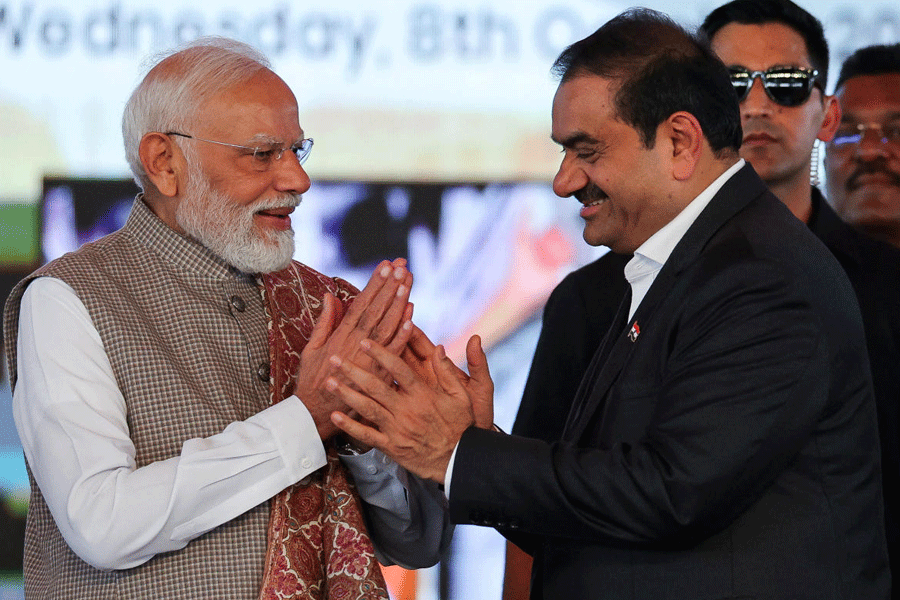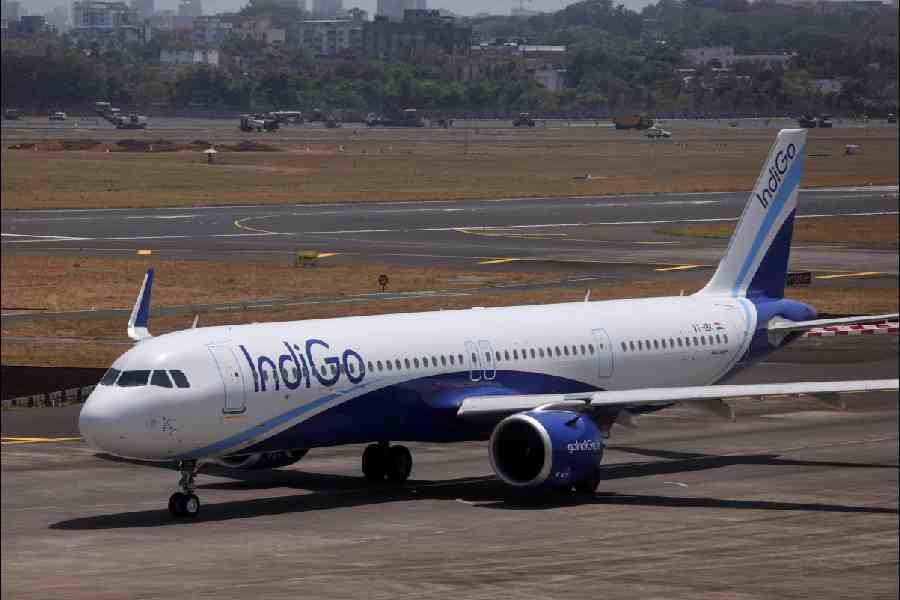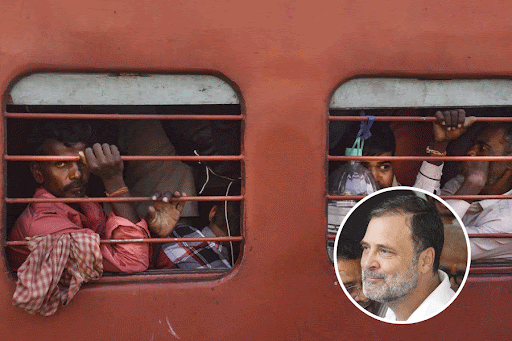Commerce and industry minister Piyush Goyal will visit Washington next week as India and the US are planning to negotiate a bilateral trade agreement, the visit coming at a time New Delhi and the EU have agreed to seal a free trade agreement during this year.
PTI reported, quoting an unnamed official, that the visit will start on March 3 and the minister is expected to be in the US till Friday.
Multiple sources aware of the developments said the talks for a bilateral trade agreement (BTA) are likely to begin when Goyal meets US Trade Representative (USTR) Jamieson Greer and US commerce secretary Howard Lutnick during the visit.
During the recent visit of Prime Minister Narendra Modi to Washington, India and the US announced their commitment to more than double the two-way commerce to $500 billion by 2030 and negotiate the first tranche of a mutually beneficial, multi-sector pact by fall of 2025.
The proposed agreement, experts believe, is an opportunity to boost bilateral trade and investments between the two countries amid US President Donald Trump’s threats to impose higher tariffs on goods from India, which runs a large trade surplus with the US.
Tariffs are taxes charged on goods imported from other countries and the companies that bring the foreign goods into the country pay the tax to the government. Tariffs seem to have become a central part of the economic plans of Trump, who had promised to introduce import duties against some of America’s main trade partners during his election campaign.
The first salvos have already been fired against Canada, Mexico and China while several others, like the EU, South Africa and India, are on the firing line.
The fact that the Indian establishment has taken the threat from Trump with due seriousness became clear over the last few days as the commerce ministry has begun discussions on reducing duties for automobiles, some agricultural products, chemicals, critical pharmaceuticals and certain medical devices and electronics items.
The ministry has also started engagements with different departments on the India-US trade aspects and related developments. The nature of the final agreement, however, would be decided by both sides.
Normally in a free trade agreement, two trading partners either eliminate or significantly reduce customs duties on the maximum number of goods traded between them. Besides, they also ease norms to promote trade in services and boost investments.
Goyal had earlier stated that the two countries can offer concessions and duty reductions to boost bilateral trade and investment between the economies, which “complement each other”.
Past records suggest that sealing a bilateral free trade agreement is time-consuming. During the first term of Trump, the two countries had discussed a mini-trade deal, but it was shelved by the Joe Biden administration as they were not in favour of such pacts. Similarly, India and the EU have been negotiating a free trade pact since 2007 but issues such as tariff derailed the talks in 2013. Discussions resumed in 2022, and the 10th round of negotiations is scheduled for next month in Brussels.
As the world economy enters a phase of uncertainty, the need for such free trade deals for India, which aspires to become a developed nation by 2047, with the US cannot be overemphasised. In 2023-24, the US was the largest trading partner of India with $119.71 billion bilateral trade in goods ($77.51 billion worth of exports, $42.19 billion of imports, with $35.31 billion trade surplus). India has received $67.8 billion in foreign direct investments from America during April 2000 and September 2024.











